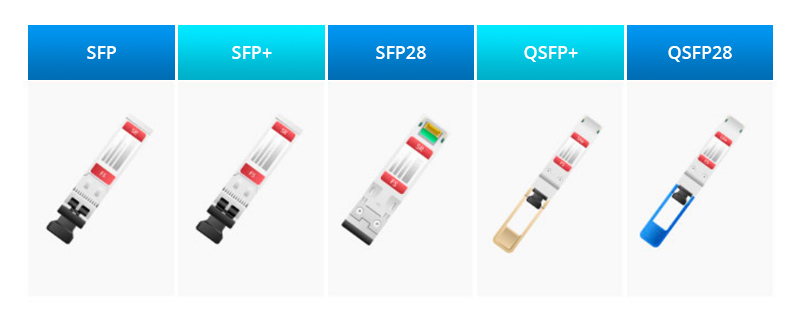































Carbon monoxide is a gas emitted in the combustion of carbon-based fuels, like wood, coal, and gasoline. Given carbon monoxide's odorless and colorless nature, it's known as the "silent killer". Carbon monoxide can be released from your dryer vent, as well as your furnace, fireplace, or chimney, and with a carbon monoxide alarm (CO alarm), you can be alerted as soon as a carbon monoxide leak is in the air... In the event this happens in your home, the alarm would warn you before reaching life-threatening CO levels.
A CO alarm is a warning system that includes a carbon monoxide detector and a central hub linked up to a professional monitoring station. When the detector, installed in your home (not unlike a smoke detector), senses carbon monoxide, it triggers the system and notifies the monitoring station to alert emergency responders. Alternatively, if the CO alarm is part of a do-it-yourself monitoring system, the CO detector alerts you via text or push notifications when the alarm is triggered. Smart home CO alarms are more advanced, letting you know exactly where in your home a CO leak is happening or what device is causing it, so you can stop the leak before it becomes a health hazard.
Carbon monoxide levels, referred to as "ppm" or "parts per million", is how many CO particles are in the air. Each ppm unit is equivalent to 1 milligram of the substance per liter of water.
Place it in a hallway so that the detector picks up on more airflow in the home. The placement should be near your bedroom so you can hear the alarm if it goes off while you're asleep. Make sure your carbon monoxide detector is at least 5 feet high from the floor if you're placing it on a wall or on your ceiling, as carbon monoxide is lighter than air. However, if you have particularly high ceilings, be sure to place your CO detector on the wall. Don't place your carbon monoxide detector next to your fireplace or furnace to avoid false alarms and avoid your kitchen or heating vents.
Do:
Don't:
In choosing the best CO alarm system for your home, don't rely on just recognizing a name brand. You have to do your research to ensure you're getting the safest, most cost-effective product on the market. We've reviewed several smart smoke and carbon monoxide detectors and decided that the Nest Protect smart CO detector is the best of the best in terms of the equipment. Factoring in affordability, our top choice is the Roost Smart Battery, which is another smart CO detector that gives you durability. They both detect not just CO but also smoke, so they offer you great value while giving you peace of mind that your home is safe from smoke and carbon monoxide.
Lindsay Haskell is a home security writer. Over the last few months, she has covered medical alert systems, home security, and home automation systems, as well as home monitoring service providers.
 Etiquetas calientes:
Casa y oficina
Hogar inteligente
Etiquetas calientes:
Casa y oficina
Hogar inteligente